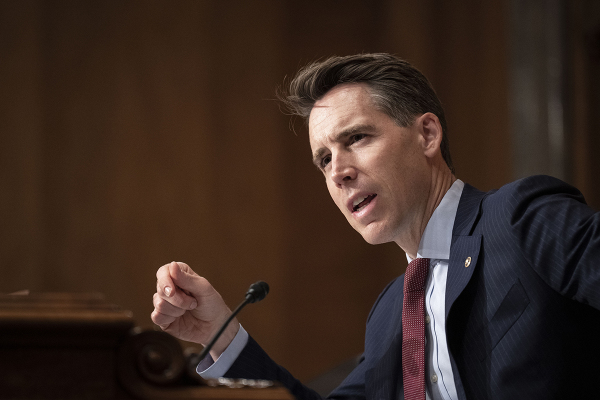The Rise of the Latino Nones in America

Most major news outlets are still missing one of the most significant developments in religion among US Latinos/Latinas, who are otherwise known as Hispanics.
Latinos now number about 57 million people and are the largest ethnic conglomerate in the nation. Their growth is changing everything from the way American businesses market their products to how politicians are tailoring their messages.
A Public Religion Research Institute (PRRI) survey released in 2013 shows that only 53 percent of Latinos under the age of thirty now identify as Catholic. That would have been closer to 90 percent just a few decades before. About 25 percent of Hispanics now are Protestant.
Whereas the continued growth of Protestantism is not that surprising anymore, an unexpected trend was the rise of "nones" among Latinos. In September of 2017, the Public Religion Research Institute (PRRI) released a study titled "America's Changing Religious Identity." It showed that 20 percent of Hispanics are unaffiliated, and that compares to 12 percent reported in a 2013 PRRI survey.
"Nones" is a common term for those who affirm no religious affiliation in surveys of religious behavior. Many may be atheists, but most simply don't identify with any specific religious organization or with any particular religion even if they regard themselves as religious.
In April 15, 2013, TIME magazine had a cover story on "The Latino Reformation." It was filled with insightful commentary about changes in Hispanic religious behavior, but it lacked any acknowledgement of the strength of Hispanic nones.
However, the rise of the Latino nones is not new to those of us who study Latino literature, where some of the first signs of this shift were taking place in the 1950s and 1960s.
Already in Pocho (1959), reputed to be the first Mexican American novel, José Antonio Villarreal (1924-2010) relates the story of Richard Rubio, a boy who becomes an atheist as he becomes more educated and assimilated into American culture.
In the 1960s, more Mexican American authors became openly critical of religion. Works by Oscar Zeta Acosta, (e.g., The Revolt of the Cockroach People, 1973) trace his rejection of Christianity and religion altogether. Tomás Rivera's And the Earth Did Not Devour Him (1971), also told through the eyes of a young boy, relates the slave-like existence of Chicanos in the fields, and the questioning of God's existence.
Throughout history, secularism first becomes visible among the most educated segments of the population. Shmuel Feiner's The Origins of Jewish Secularization (2010) traced the beginnings of Jewish secularization to a small group of elite writers and intellectuals in western and central Europe. Their ideas eventually spread to wider audiences. Something similar has been happening among Latinos as they become more educated.
There are efforts to organize Latino nones. In 2010, David Tamayo founded, and became president of, the Hispanic American Freethinkers in Washington, D.C. In 2015, an American Atheist conference was held in Puerto Rico for the first time.
The national conventions of American Atheists in the past few years have featured Latino speakers. Yet, the power of Latino nones cannot be gauged purely by how many formal organizations they can build. Rather, their power will be wielded in ways that only those willing to fine tune surveys will detect.
Some politicians may think that Latinos are generally more conservative on social issues. The 2013 PRRI survey shows otherwise. For example, the survey found that a "majority (55 percent) of Hispanics favor allowing gay and lesbian Americans to marry, compared to 43 percent who are opposed." Among the Hispanic nones, support for gay marriage soars to an astounding 80 percent.
Unlike Latino evangelicals, you will not easily find nones in any particular place. The Latino nones have no churches that politicians can visit, or major leaders they can court. Yet, the Latino nones are everywhere.
Mass media advertisements, especially those emphasizing the separation of religion and government, may be one way to attract them. In fact, politicians may win points just by acknowledging the existence of, and respect for, Latino nones.
The rise of the Latino nones could have been on the cover of TIME magazine in 2013. The rise of Latino nones definitely merits a cover story for any national news outlet today.
Hector Avalos is Professor of Religious Studies at Iowa State University, where he was the founder and first director of the US Latino/a Studies Program. He is also the author of Strangers in Our Own Land: Religion in U.S. Latina/o Literature (2007).





















